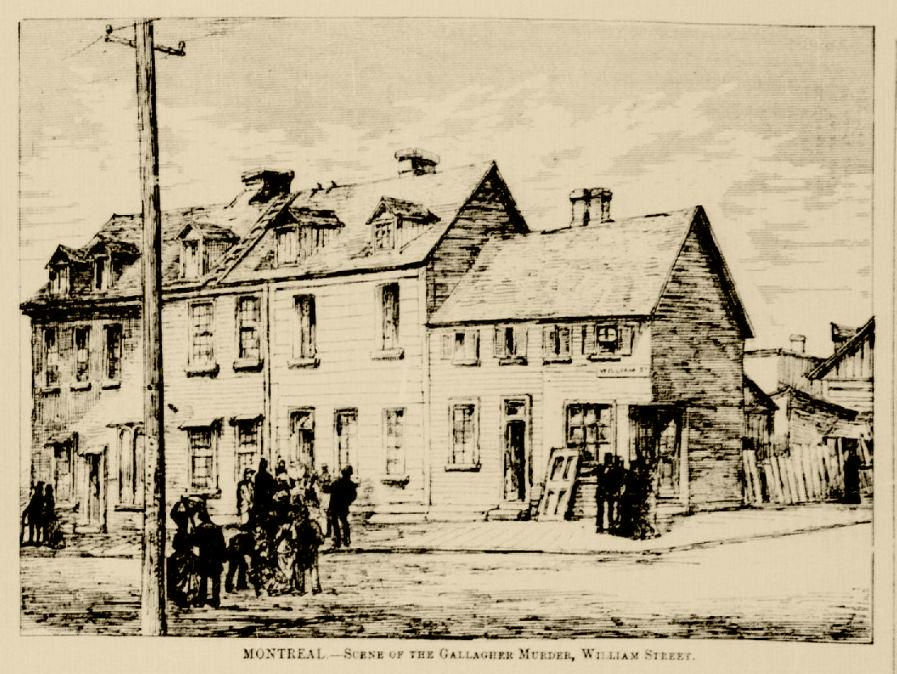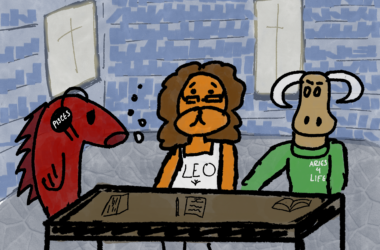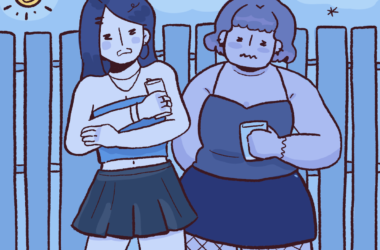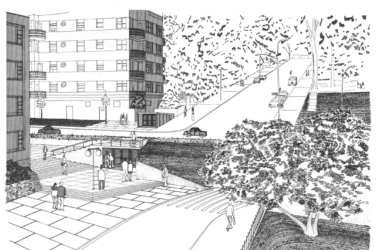Founded in 1642, Montreal is one of Canada’s oldest and largest cities. Along with its lengthy history come stories of heinous and mysterious acts that inspired ghostly legends, sometimes even changing Canadian history. In the spirit of Halloween, The McGill Tribune has compiled some of the most famous treacherous tales in history to occur close to McGill.
Beheading in Griffintown, 1879
According to legend, a headless ghost appears searching for its lost head on the corner of William and Murray streets in Griffintown every seven years. The entity is thought to be the ghost of Mary Gallagher, a local prostitute who was murdered in the 19th century.
Mary Gallagher was a working class prostitute living in then-slum Griffintown. On the night of June 27, 1879, she picked up a client, Michael Flanagan, and the two set off to meet her friend and fellow prostitute, Susan Kennedy. The next morning, after a downstairs neighbour reported hearing sounds of chopping and the thud of something falling to the floor, police found Gallagher’s severed head in the bathtub. Flanagan was nowhere to be seen.
Soon after, both Kennedy and Flanagan were arrested for murder, and while Kennedy had first reported that she’d seen a strange man enter her house and argue with Gallagher, this was revealed to be false. The police eventually found Kennedy’s hatchet in her apartment, covered in blood and bits of flesh and hair. Kennedy was sentenced to life in prison, while Flanagan was released from police custody—only to drown in the Peel Basin on Dec. 5, 1879. Meanwhile, Gallagher was buried in a pauper’s grave.
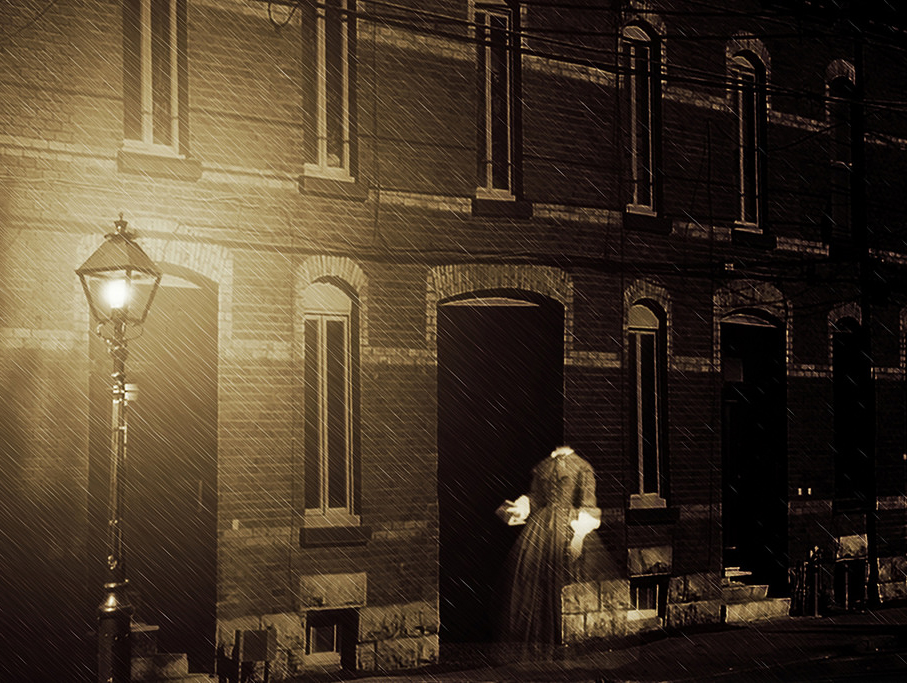
“You have the whole Irish tradition of banshees and ghosts,” Alan Hustak, a former reporter for the Montreal Gazette and author of The Ghost of Griffintown: The True Story of the Murder of Mary Gallagher, told Vice. “The whole story took on a whole different ghostly [aspect] within the Irish community.”
Gallagher’s story was soon propelled from tragic murder to mysterious legend, according to Patrick Lejtenyi, author of the Vice article.
“It did not take long before locals [said] they saw Mary Gallagher’s ghost wandering around,” Lejtenyi wrote. “Everyone in the tightly-knit neighbourhood knew the story of the murdered prostitute, and Irish parents would use the story as a way to threaten their children: Eat your cabbage, or Mary Gallagher will come and get you. Eventually there arose a tradition that Mary would appear every seven years on the night of her murder, headless.”
The Redpath mansion murders of 1901
At the corner of Sherbrooke and Redpath streets lived one of Canada’s most wealthy and influential families, the Redpaths. John Redpath was responsible for building much of the city’s lasting infrastructure, including the Lachine canal, Notre Dame Cathedral, and the library and museum bearing his name on McGill’s downtown campus. Redpath died in 1869, leaving behind 17 children and his second wife.
On June 13, 1901, Peter Redpath, one of John’s sons, came running to his mother’s room, where he found both his mother, Ada Maria Redpath, and his brother, Jocelyn Clifford Redpath, lying in a pool of blood with a revolver near Clifford’s hand. The two were brought to Royal Victoria Hospital (RVH), where Mrs. Redpath immediately died and Clifford remained in a coma until the next day when he was taken off life support. The atrocity attracted widespread publicity, garnering coverage from publications as distant as The New York Times and The Calgary Herald.
Two days later, the coroner’s office came to a verdict: Clifford had not been in his right mind when he killed his mother with the revolver. They suspected he had either been under the influence of alcohol or having an epileptic fit during the act. Yet, many Montrealers believe that the murder at the Redpath Mansion was not as simple as the verdict made it out to be. According to The Globe, the police did not inform the rest of the Redpath family, who learned of it indirectly.
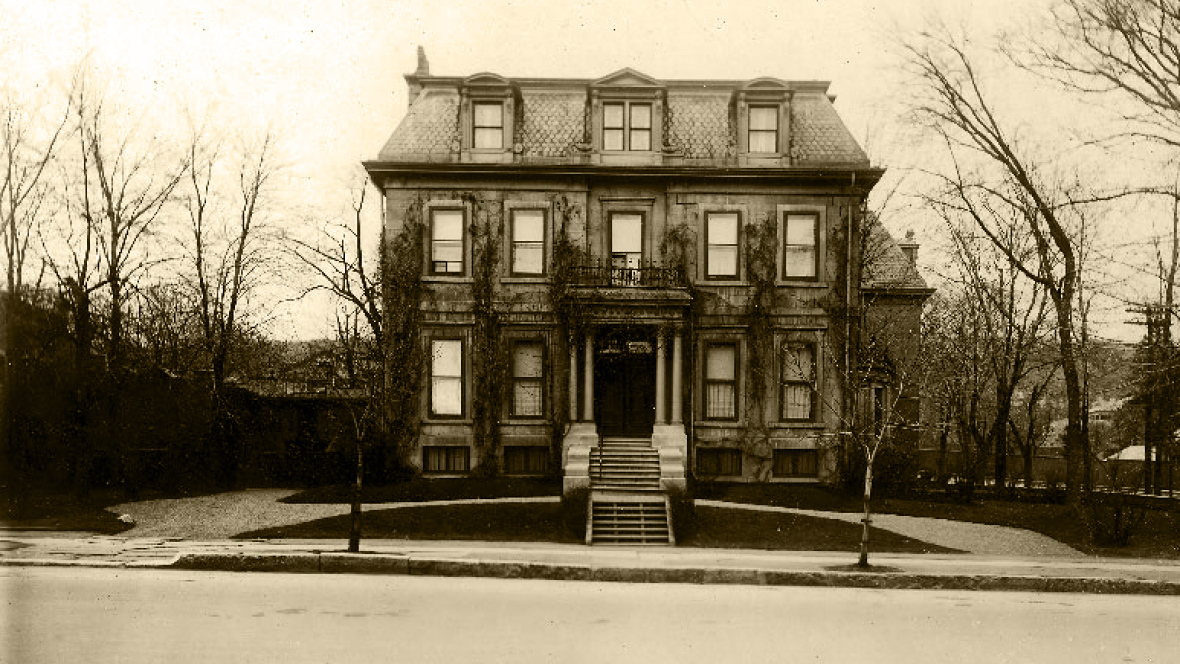
Strangely, the investigation that led to the conclusion that Clifford was the killer only lasted two days, and the coroner never addressed two contradictions in the evidence. First, many newspapers reported that Clifford was admitted into RVH—but the hospital doesn’t have him in its patient records. Second, the Redpath’s family physician, Dr. Thomas George Roddick, testified that he examined the bodies immediately after the murder occurred. But according to the Montreal Daily Star, Roddick was in Toronto at the time.
While the case is closed, to some it remains a mystery. “Great Unsolved Mysteries” in Canadian History compiled available data on this case to see if others can fully piece together what happened that night. Today, the corner of Sherbrooke and Redpath has no remnants of the mansion or the suspicious murder that happened within it.
The bloody love triangle of 1967
The 1967 murder of James Drummond Ross received little media coverage at the time, but it was a tragic event that shaped Canadian history. Ross was a McGill assistant professor who grew up in a well-to-do family in Westmount. According to Kristian Gravenor, journalist and founder of Montreal stories blog Coolopolis, Ross, who was gay, was purportedly discreet about his sexual orientation, as homosexuality was still illegal in Canada in 1967. At the time of his death, the 36-year-old professor was seeing a younger man named Henry Bérubé.
But Bérubé was also involved with another man, Michael Jenkins, a freelance photographer who felt threatened by Ross. On the night of Oct. 12, 1967, Ross returned to his home on 1565 Pins avenue to find Jenkins on his third floor balcony. Jenkins swiftly pulled out a 0.303 caliber rifle and shot Ross through the stomach. According to several witnesses living in the area, a bloodied Ross managed to run across the street, where Jenkins finally killed him with a shot to the temple.
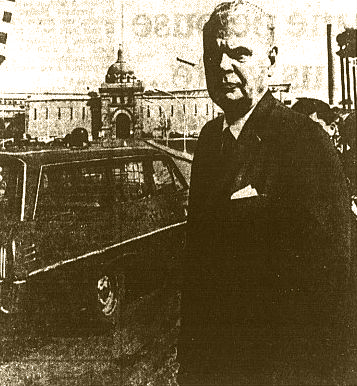
Bérubé, who was a witness to the murder, refused to testify against Jenkins and even lied about his involvement with Ross. According to Gravenor, this angered the presiding judge, who detained Bérubé in Bordeaux prison for five months and placed a bail of $5,000, which Bérubé was unable to pay.
“I didn’t have a trial and I was confined in deadlock,” Bérubé told Coolopolis. “I decided to write to John Diefenbaker because he was the best criminal lawyer in Canada [….] He ordered me released right away, [but] I never received an apology or compensation.”
Meanwhile, Jenkins was charged with Ross’ murder. According to both the Montreal Gazette and Coolopolis, Jenkins’ lawyer oddly did not present any defence testimony. The jury only deliberated for 90 minutes before deciding Jenkins was guilty, and he was sentenced with to life in prison.
Ross’ death ultimately led to swift changes in Canada’s criminal code. Homosexuality was legalized in 1969, and the practice of detaining witnesses was limited to 90 days. As for Ross, his story was covered only briefly in the Montreal Gazette and the McGill Daily, where there was no mention of his homosexuality or his relationships with Bérubé and Jenkins.
Gambling with death in 1946
On July 25, 1946 at 1242 Stanley street—near Dorchester Square—Louis Bercowitz went into the gambling house of Harry Davis, who rejected his bookkeeping business, and shot Davis dead.
The murder happened at a time when one couldn’t just go to Casino de Montreal and gamble. Fifty-four years prior to this incident, the House of Commons, lobbied by Christian moralist groups, prohibited almost all forms of gambling. As such, a market for organized crime emerged, and many groups started their own underground gambling operations. Underground gambling was especially common in Montreal’s infamous Red Light District, now known to most as the Quartier des Spectacles.
One of the more prominent members of this gambling underworld was Davis. Far from an innocent man, he ordered the murder of a police informant named Charlie Feigenbaum, who had landed him in a 12-year jail sentence for possession of 852 kilograms of morphine and other drugs. His murder, which occurred in 1935 on Esplanade avenue, across from Jeanne-Mance Park, was one of the first gambling-related murders in Montreal.
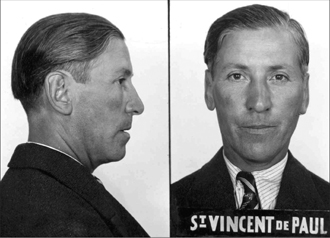
Davis ultimately got away with the murder of Feigenbaum, since police did not have much on the investigation other than a getaway car with no leads. Thus, Davis rose to power as Montreal’s ‘gambling Tsar,’ and from that point onward, everyone had to go through Davis to start their underground gambling business. When Bercowitz came to ask for permission to create an illegal bookkeeping business, Davis refused him, believing that the market was already saturated, and threatening to take care of him, like he did Feigenbaum. Fearing for his life, Bercowitz went to the gambling house and killed Davis. Later in court, he claimed to have committed the murder out of self-defense. The jury seemed to give him mercy on this fact, and charged him with manslaughter, a less serious charge than the crime of murder. He spent 12 years in prison.
